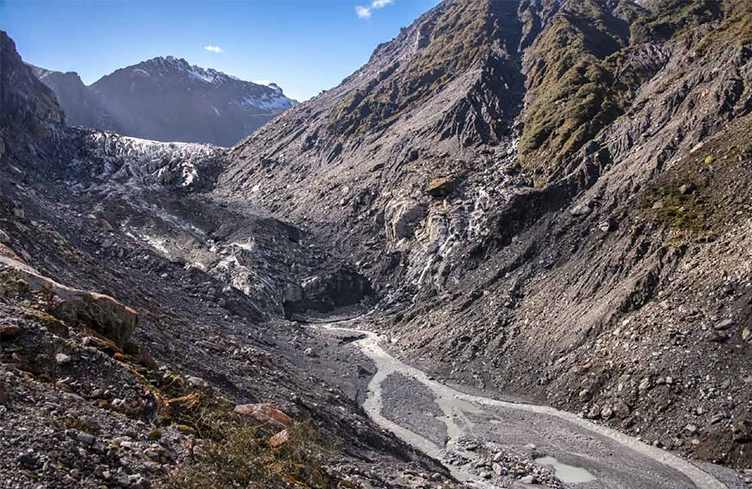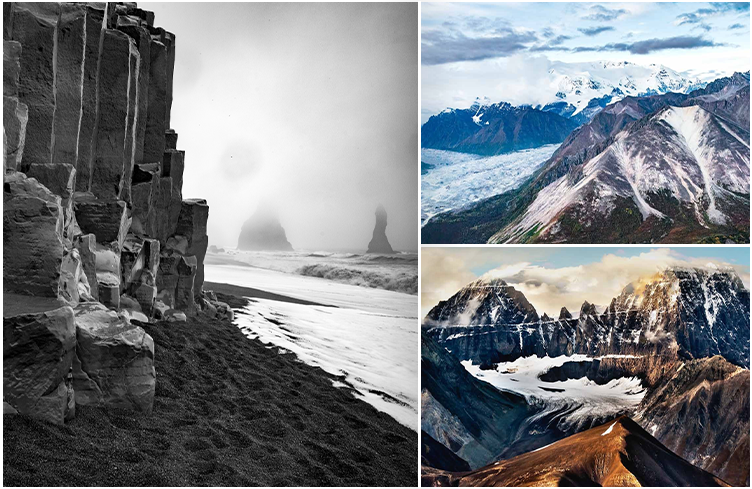Art has been used since ancient times to show how mankind relates to nature, its beauty, its frailty, and how it changes. As glaciers melt, sea levels rise, and forests catch fire, artists all around the world are using art to draw attention to climate change, making that which is distant, very personal.
The Visual Expressiveness of Power
The key to art as an effective tool of climate awareness is that it allows you to go around statistics and find emotions. An image of a part-submerged city, a piece of art created out of plastics that have washed on beaches, or a time-lapse view of melting glaciers. These works are not only depictions, they are a witness.
The Glacial Witness

ainters and photographers have gone as far away as Alaska to Iceland, from the Himalayas to Patagonia record these enormous strucures on the verge of extinction. Artists know that glaciers are not only scientific objects, but are landscapes generating strong emotions.
Another Moment of Reflection: Eric Hatch
Eric Hatch has become well known for his nature photography, with a special interest in climate change. He recorded the remarkable melting of glaciers in his collection of large works called Glaciers in Retreat. His photos depict glacial melt in ways that bring out a strong emotional reaction in viewers. His work has been displayed in prominent venues such as Dartmouth College and other galleries.
Art and the Language of Hope
Treating climate change as art is something that has emerged in this century. Art in this form becomes a resource to grieve the loss of things but also to envision the possibility of salvaging something. Climate change is hard to capture because it’s generally a slow process, occuring over decades or centuries. Time-lapse photography captures it, but capturing it in real time is very difficult. Before-and-after images show the extent of change, but you have to be very lucky (or unlucky!) to catch climate change in real time. Icebergs breaking free of an ice shelf demonstrate climate change (if you’re in the right place at the right time), as do avalanches and other catastrophic events. What artists can do is imagine what is happening, or that which has already happened. Artists can envision where climate change is leading. Sometimes the outcomes are catastrophic: floods, avalanches, the drying of wetlands. But artists can also capture new forests, vegetation adjusting to new habitats, and other events depicting both the process and the outcome of climate change. Art works well at helping the viewer to imagine emerging new life, as well as the more grim results that threaten islands, dry out farmlands, and so forth.
Emotion as Catalyst
Art compels response. When the audiences stand before a fine sculpture or a photograph, they tend to say they feel awe, some distant emotional change that renders climate change close to their hearts. Awe brings about empathy and empathy brings action.
This emotional development is the reason why art will always be necessary in environmental communication. A heart-reaching picture or installation can be remembered and make one ponder long after leaving the gallery.
Conclusion
Climate change art addresses both the mind and the heart. It can share misery and capture the delicate beauty of our planet at the same time.
Through the works of such artists as Eric Hatch, and many others, we are reminded that creativity is power, to warn, and perhaps to heal. In this worldwide joint venture of art and consciousness, humankind sees its conscience on the sides of the melting world.

